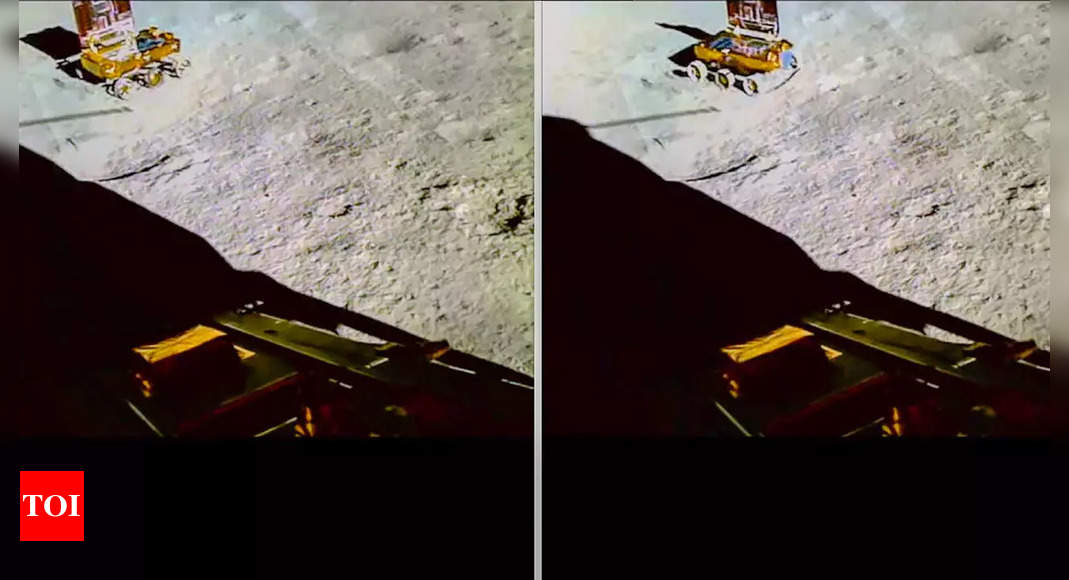Watch: How ISRO’s Chandrayaan-3 Rover and Lander found Sulphur on the Moon
Developed by Laboratory for Electro-Optics Systems (LEOS) in Bengaluru, ILSA comprises a cluster of six high-sensitivity accelerometers, which are indigenously fabricated using the Silicon Micromachining process.“ILSA’s primary objective is to measure ground vibrations generated by natural quakes, impacts, and artificial events. It recorded vibrations during the rover’s navigation on August 25, 2023. Additionally, an event, seemingly natural, recorded on August 26. The source of this event is currently under investigation,” Isro said.
Private industries supported LEOS realise ILSA, Isro said, without naming any of the private industries. The deployment mechanism for placing ILSA on the lunar surface was developed by URSC.
04:36
ISRO’s lunar success, Pragyan rover captures Vikram Lander on Moon
LEOS, one of the vital units of Isro, deals with the design, development and production of attitude sensors for all LEO, GEO and interplanetary missions; develops and delivers optical systems for remote sensing and meteorological payloads.
“The lab is equipped with world class fabrication, testing and coating facilities. Next generation technologies such as 3-axis fiber optics gyro, optical communication, MEMS, nanotechnology, detectors and development of science payloads for future space missions are also being pursued,” according to Isro.

